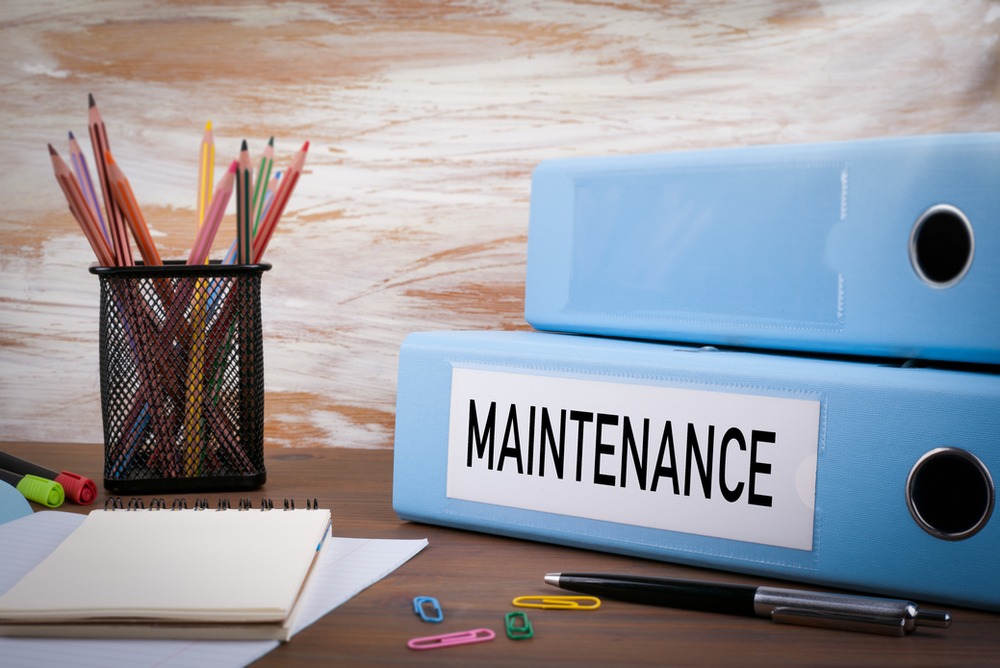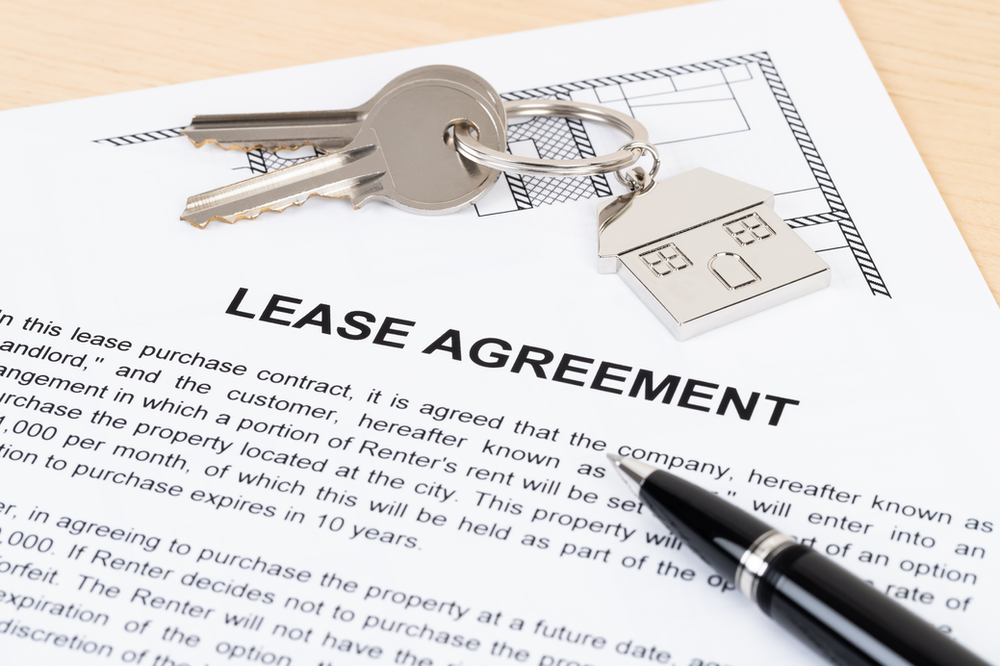Maximizing Your Building's Potential: The Importance of Budgeting

Creating and maintaining a proper budget is critical for success when managing a property. Having a well-thought-out budget provides you with a financial roadmap that will help to efficiently allocate your resources, resulting in the development of more accurate timelines for projects, a better handle on a buildings overall health, and assist with peak day-to-day performance. When you create a budget, you will break up your general ledger into specific categories or classifications – based on expenses and income – and monitor those categories throughout the fiscal year. A few things you want to focus on when budgeting are the benefits of Accruals , Reclasses , and Variances .
What are Accruals?
Accruals allow for a property owner to have a forward-thinking strategy when it comes to financial planning and management. Instead of realizing expenses when paid, they are accounted for when they incur (e.g., when a contractor performs a repair). By accounting for money that will be paid, you are able to have a more precise representation of a building's financial health. This allows you to make informed decisions as to whether you need to cut any upcoming projects, add any new projects, or if you may need an injection of cash. Accounting this way ensures that you are as prepared as possible for any financial surprises.
Why are Reclasses important?
While sometimes tedious, reclassifying items in a budget is extremely important for the accuracy of revenue and expenses. Reclasses not only help to keep track of what is happening in the building, but also allows for a property owner to correctly budget year over year. When you realize an expense, it should be classified on your general ledger. Sometimes, these items may be classified incorrectly, or perhaps a different category might suit the repair better. For example, if your budget has separate line items for apartment plumbing repairs and building plumbing repairs, a leak could inadvertently be misclassified on the ledger. When you Reclass correctly, you have an exact cost basis for a building repair. This creates a situation where you can analyze all expenses and accurately align the budget with financial realities; it will also create a starting point for the following year’s budget. Reclassifying expenses or revenues may also be necessary due to unforeseen circumstances, changes in project scope, or adjustments in market conditions. Regularly reviewing and updating reclasses ensures that the budget remains a dynamic and accurate tool for financial management, helping organizations adapt to changing circumstances and avoid potential discrepancies.
Who cares about Variances?
We instantly ask “why” when something goes over budget, but coming in under budget oftentimes receives no particular attention. This should not be the case. Monitoring variances is quite possibly the most crucial element for evaluating the income and expenses of a property against its budget. Variances are the difference between budgeted or forecasted, and actual costs or income, giving you a detailed analysis of financial performance. Favorable variances mean that costs are lower than expected, while unfavorable variances show that costs may have exceeded projections. Identifying the root cause of a variance (usually in each accounting period) enables building managers to promptly put corrective measures in place. Variance reports contain a wealth of knowledge that help property owners by indicating upgrades that may be needed, or by providing a clear representation of the ROI for a completed project. Variances will also help to refine future budgets by optimizing resource allocation and enhancing overall financial control.
Budgeting seems like an extremely tough task looking in – and it can be, at first – but with the above measures considered, you will find that each budget becomes easier to create and work with as they become more accurate over time. When you implement a comprehensive budget into your management routine, you will find the ability to control costs, make sure funds are allocated correctly, mitigate risk, and make informed decisions resulting in a more financially sustainable building.
If you would like a consultation for management, please click the below and fill out the form. Someone from our team will reach out ASAP.

Kahana Management
Resources
Contact
Email: info@kahananyc.com
Phone: (212) 228-5675
Address: 122 E 42nd St 4th Fl #1024, New York, NY 10168


